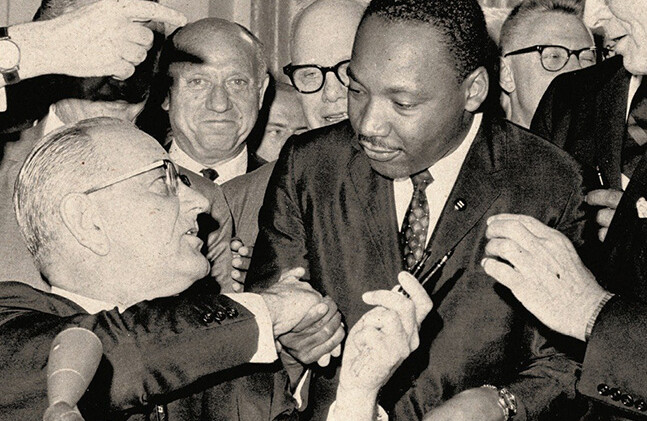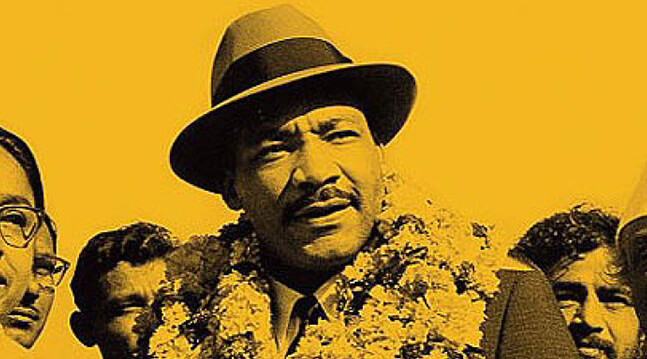This review essay was originally published in the Los Angeles Review of Books on May 19, 2014 and is reposted here with kind permission. To read it in full, please visit their website.
FROM THE END of Reconstruction in 1877 through the mid-1960s, the states of the American South behaved like a country within a country. The legal, political, and social systems that operated within these states made a mockery of the idea of the rule of law, political egalitarianism, and a whole complex of freedoms (such as those of association, movement, and contract) taken for granted then, and to this day, by almost all European-Americans. In truth, the Southern states—the core of which formed the erstwhile, seditious Confederacy—practiced a complex form of racial apartheid designed to systematically deny full personhood to African-Americans.
This system was buttressed by frenetic waves of European-American terrorism, often condoned by state and local authorities, if it was not explicitly perpetuated by them. A pogrom in Tulsa in 1921 killed at least 300 African-Americans and dispossessed 10,000. Mob violence, directed in particular against young African-American males, was a constant threat—and often resulted in gruesome, public lynchings. White supremacist terrorists sometimes assassinated African-American political leaders, who urged integration and the end of Jim Crow. Harry T. Moore, a NAACP organizer, was murdered (along with his wife) in Florida on Christmas Day of 1951. (A bomb was placed under his bed.) George Washington Lee, a major civil rights leader in Mississippi, was killed in a drive-by shooting in May 1955. Medgar Evers, also an important NAACP activist, was shot in the back while entering his home in Mississippi on June 12, 1963—the day that President John F. Kennedy made a pivotal speech supporting civil rights.
Such was the backdrop for what became the Civil Rights Act of 1964, a monumental piece of legislation President Lyndon B. Johnson signed into law on July 2nd of that year. Clay Risen’s The Bill of the Century: The Epic Battle for the Civil Rights Act tells the story of the 1964 bill—celebrating its 50th anniversary this year—which mortally wounded the formal Jim Crow system (the Voting Rights Act of 1965 would eventually help finish it off) from a self-consciously elite perspective: that of the leaders in Congress, the Kennedy and Johnson administrations, and to a lesser extent, civil rights and civil society organizations who helped shepherd the bill from its inception to eventual passage.
To read this article in full, please click here.



